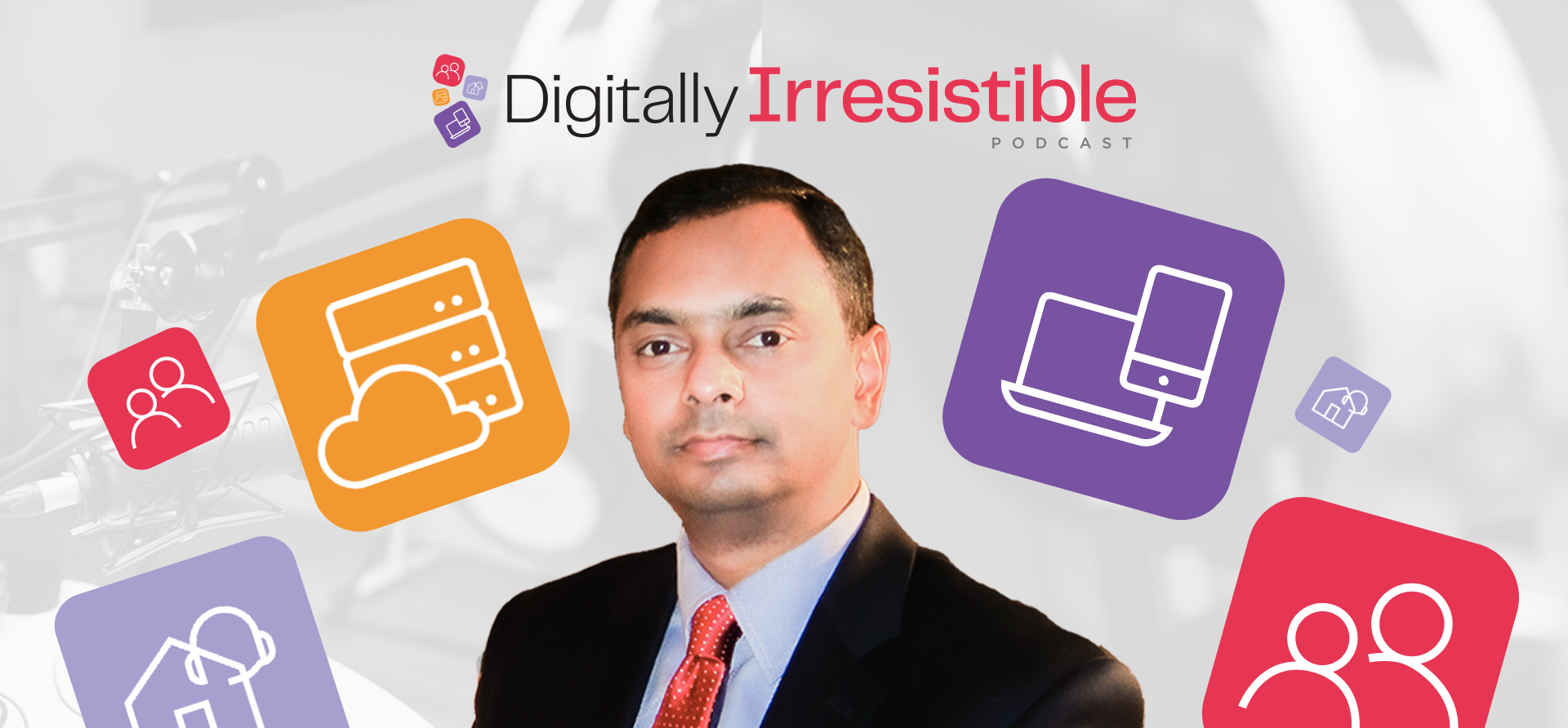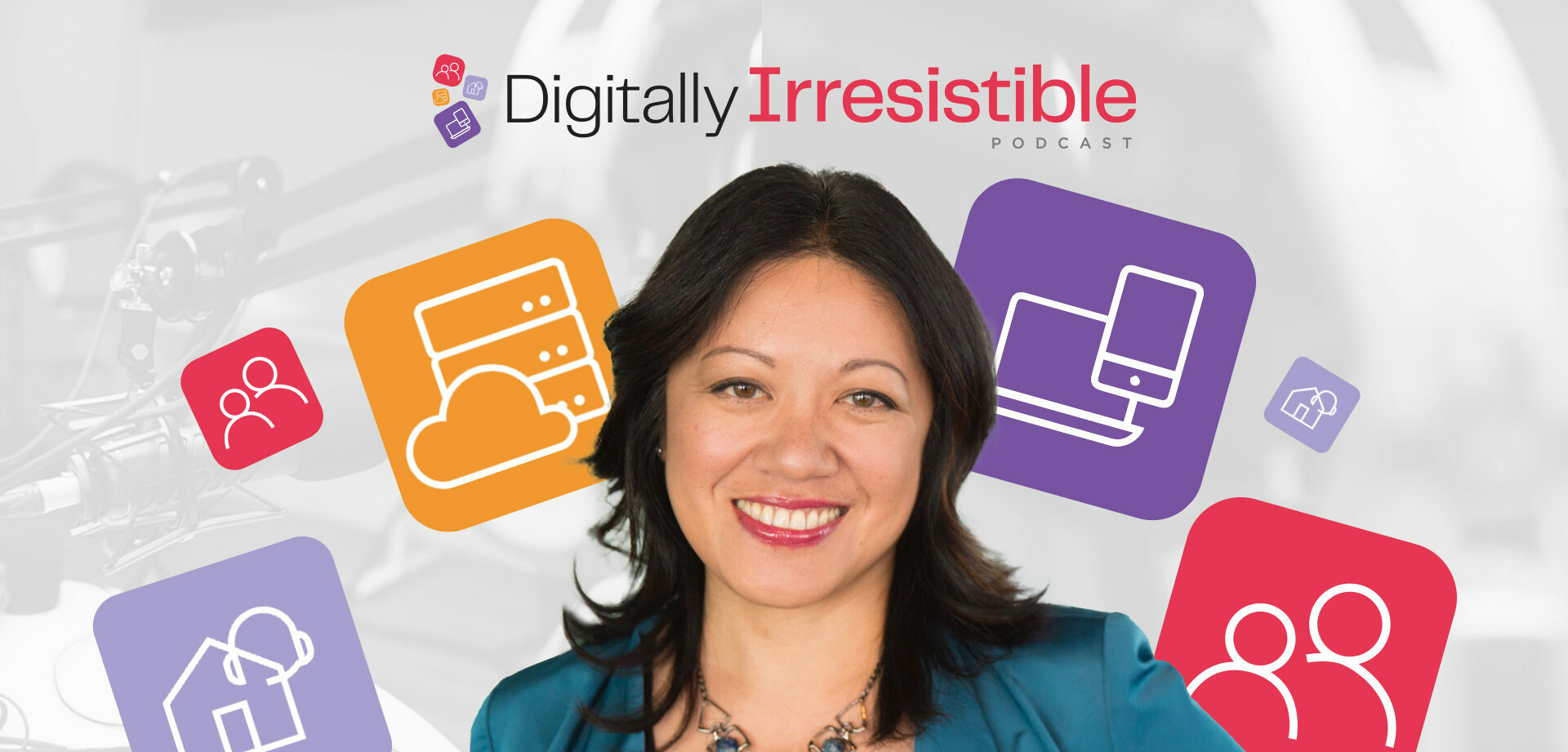Customer Experience in Healthcare Does Not Exist without Engagement
Rohan Kulkarni is the healthcare practice lead at HFS Research. HFS Research is recognized as second to Gartner in healthcare influence among decision-makers.
In this episode, we discuss the “triple aim” model, which addresses the three pillars in healthcare:
- Improving patient outcomes
- Reducing the cost of care
- Enhancing the care experience through engagement
In our limited time together, we reviewed the first two pillars and spoke in more detail on the third pillar, enhancing the care experience, which is equivalent to the customer experience in business.
Rohan’s background is in product management in health plans. Most recently, he was CIO at Versant Health before joining HFS Research. His extensive background in healthcare and being a consumer of healthcare services (as we all are) has led him to many insights on these three pillars and ways we can improve the care experience.
The Triple Aim Construct in Healthcare
The triple aim is recognized as a construct to measure how well we are doing in delivering healthcare services. In the U.S., the cost of healthcare has been increasing at twice the rate of inflation. Chronic conditions such as diabetes, hypertension, and cardiac disease are on the rise. Life expectancy in the U.S. has declined from 79 to 78 years of age, despite rapid advancements in healthcare technology. This data supports the need for a triple aim engagement model.
Enhancing the Care Experience through Engagement
A healthcare consumer is a patient and a healthy member of a healthcare plan, possibly an employee, or a beneficiary of a government program. Each role is unique, with different expectations.
In reality, the current state of healthcare is sick care. The experience at the point of care happens when people are already ill and trying to get back to health. However, we could benefit significantly from increased engagement with our healthcare providers and professionals when we are healthy.
In a traditional customer journey model, a brand engages with consumers at different touchpoints throughout their purchasing journey. In healthcare, there is no current construct of engagement. Healthcare engagement is limited to transactions at the point of care.
The opportunity to improve is providing omnichannel engagement during the patient’s life journey before they are sick. This approach can increase the chance of the patient remaining healthy and/or recognizing circumstances that warrant healthcare treatment sooner to reduce the severity of illness and the cost of care.
Ownership-Based Engagement
An HFS Research study found that a healthy consumer with an income above the median wage is more satisfied with their experience at their point of care. By comparison, those dealing with illness and whose income is below the median wage are less satisfied with their healthcare experience. This data calls out the inequity in healthcare in the U.S.
Rohan points out that the potential remedy to address this inequity is to create an engagement process with shared ownership among the stakeholders, including the patient, the entities providing care delivery (e.g., hospitals, doctor groups, etc.), and employers who either self-insure or insure through traditional carriers.
Rohan points out the importance of educating consumers with vital information to enable them to improve their healthcare journey. Allowing the patients to manage their data and chart their choices in food and activities with accurate information in a shared ownership model would go a long way toward improving healthcare.
More than Just a Transactional Model
Setting up an engagement model would create a shared experience with incentives among all the stakeholders to maximize better health outcomes and reduce the cost of care delivery. Giving consumers a reason to stay healthy through information and resources would benefit all the stakeholders.
The health plan providers and employers should also be encouraged to engage patients during their healthy times, mainly since so many chronic conditions are often poorly managed for many reasons, including a lack of accurate information consumed by patients.
For effective engagement to happen, patients need to be educated about their health choices. And when they do need sick care, they need support and assistance with medication and other care details.
The Future of Triple Aim
Rohan hopes we will eventually reduce cost and improve patient outcomes and improve engagement, largely through evolving technology and the availability of innovative health plans.
Our population is constantly evolving. Lifestyles are changing. We’re likely to see more consumer engagement and literacy on healthcare topics. Healthcare distribution channels, including employers and the government, will play a different role, mainly as information concierges. As new distribution models emerge, they can disrupt the industry in favor of engagement and better patient outcomes.
Not surprisingly, Rohan enjoys a healthy lifestyle. He enjoys cooking healthy meals and hiking with his wife on the Appalachian trails near his home in northern Virginia.
Learn more about iQor digital customer experience capabilities.


